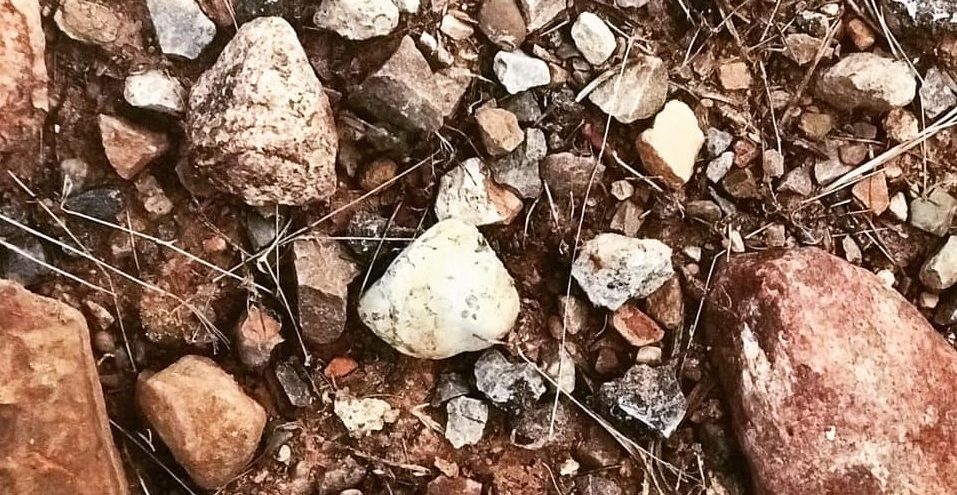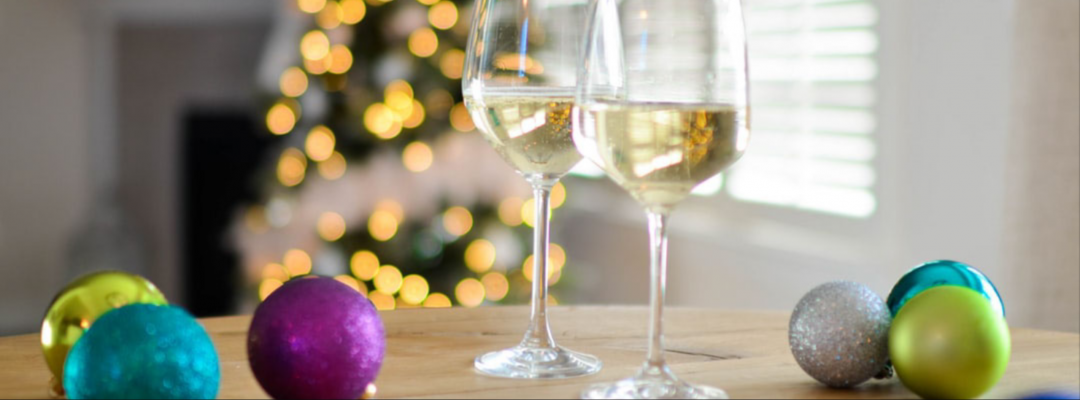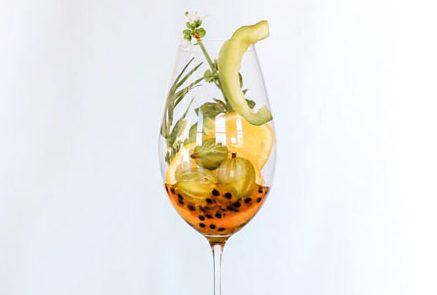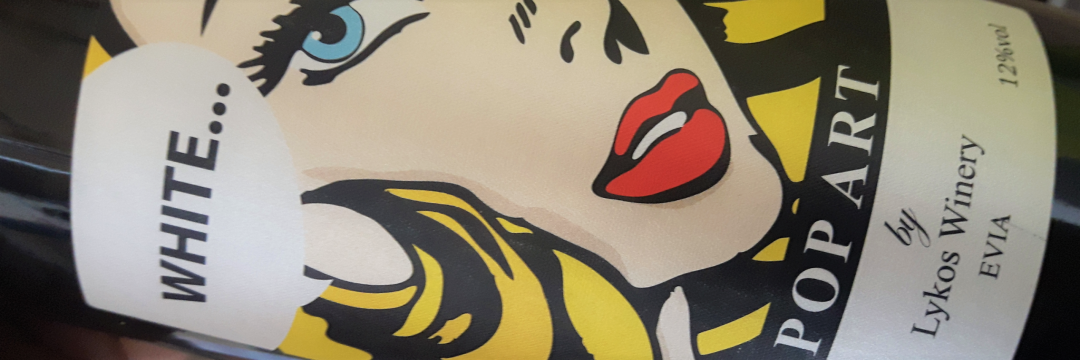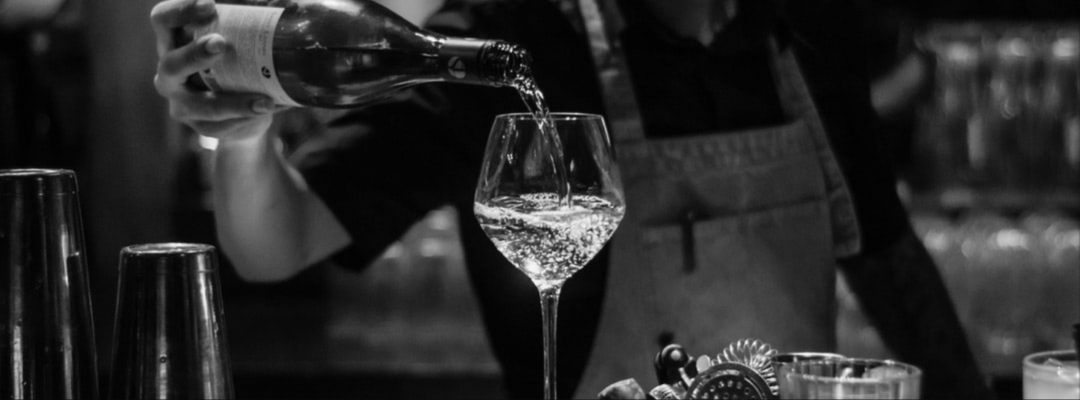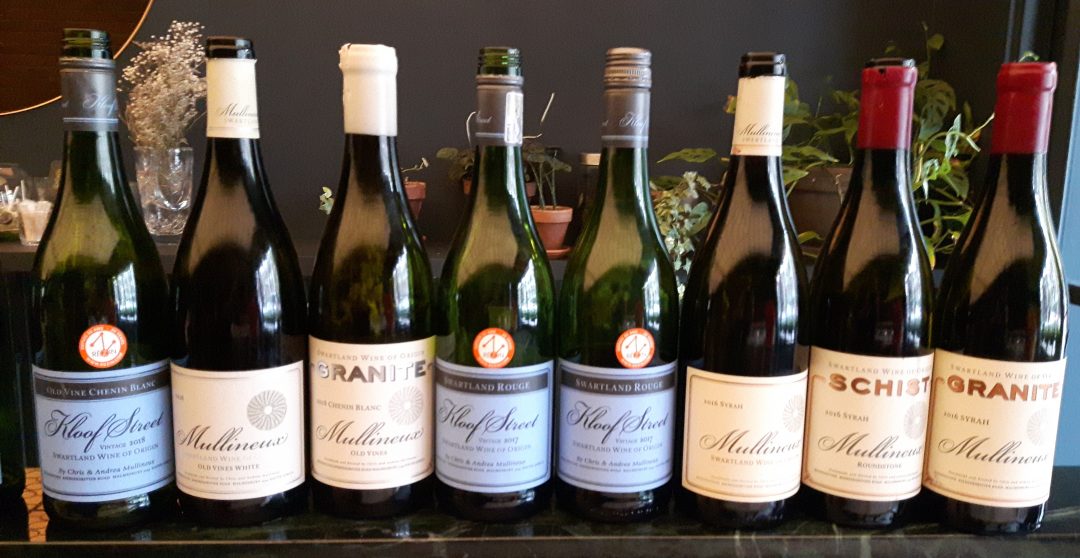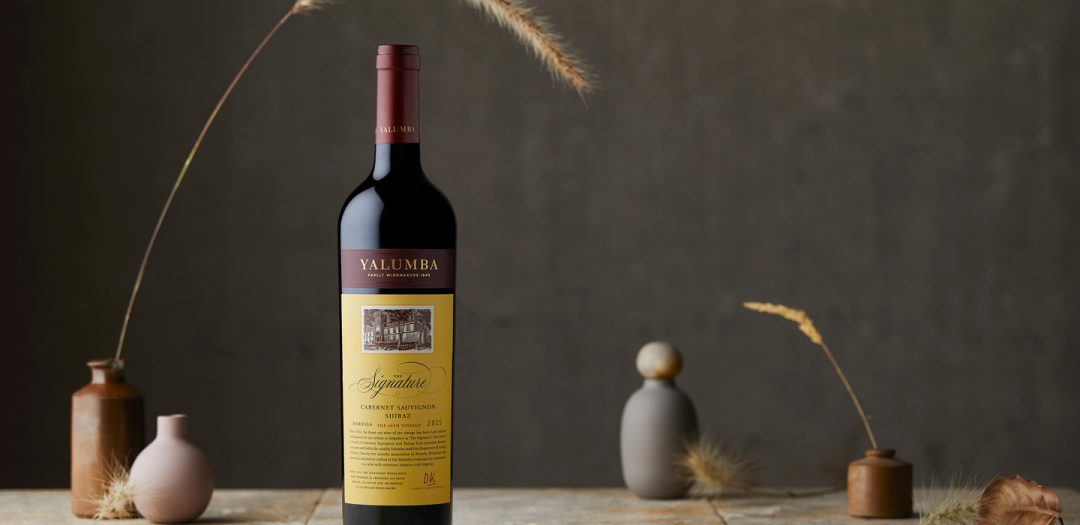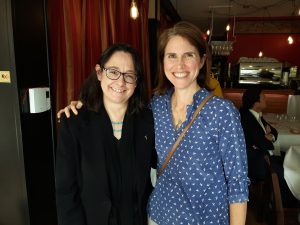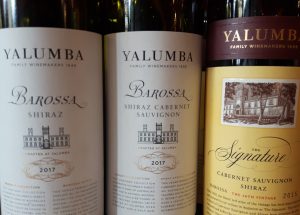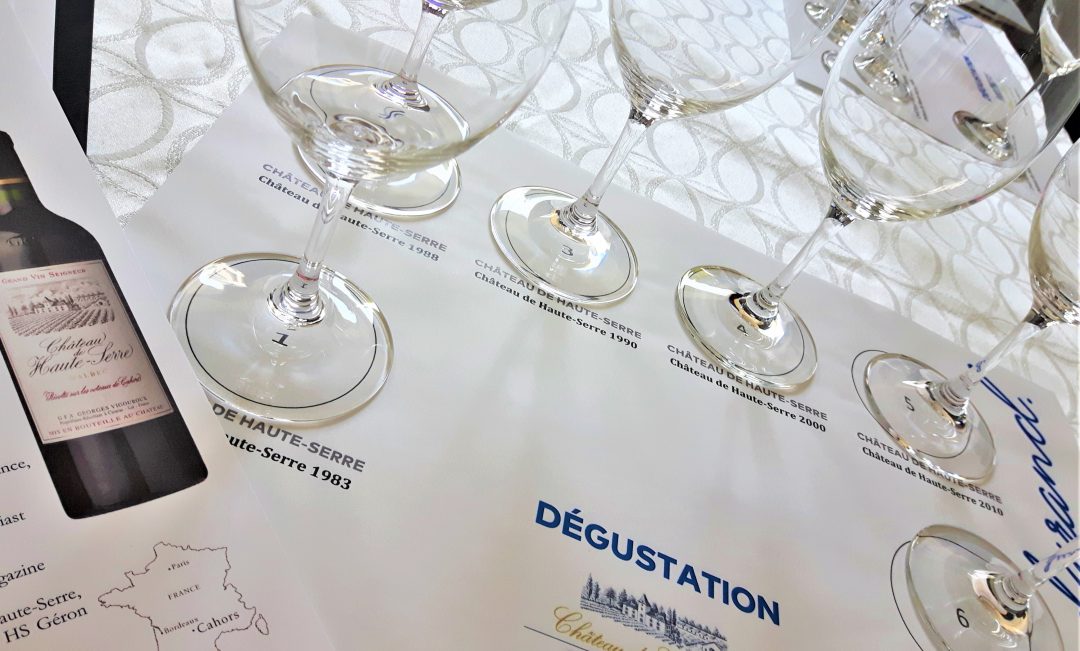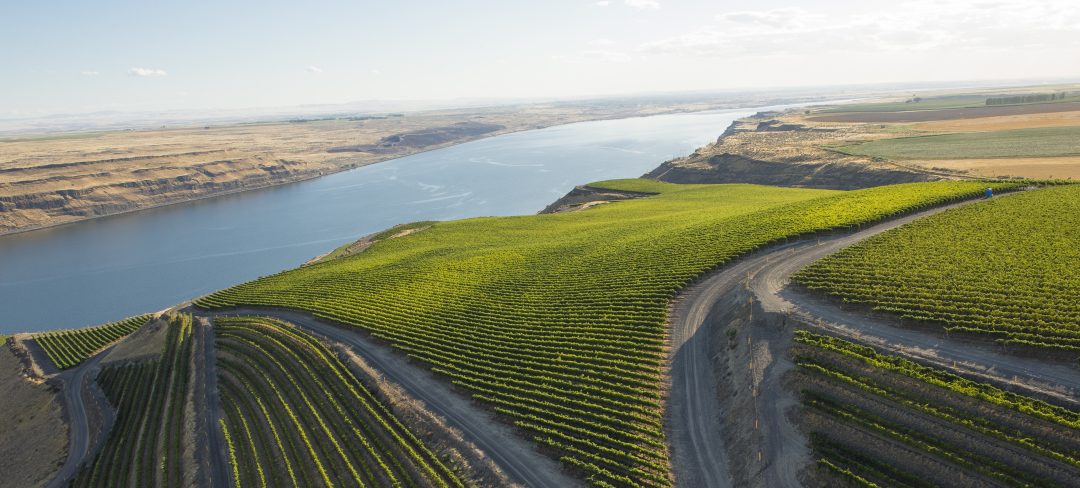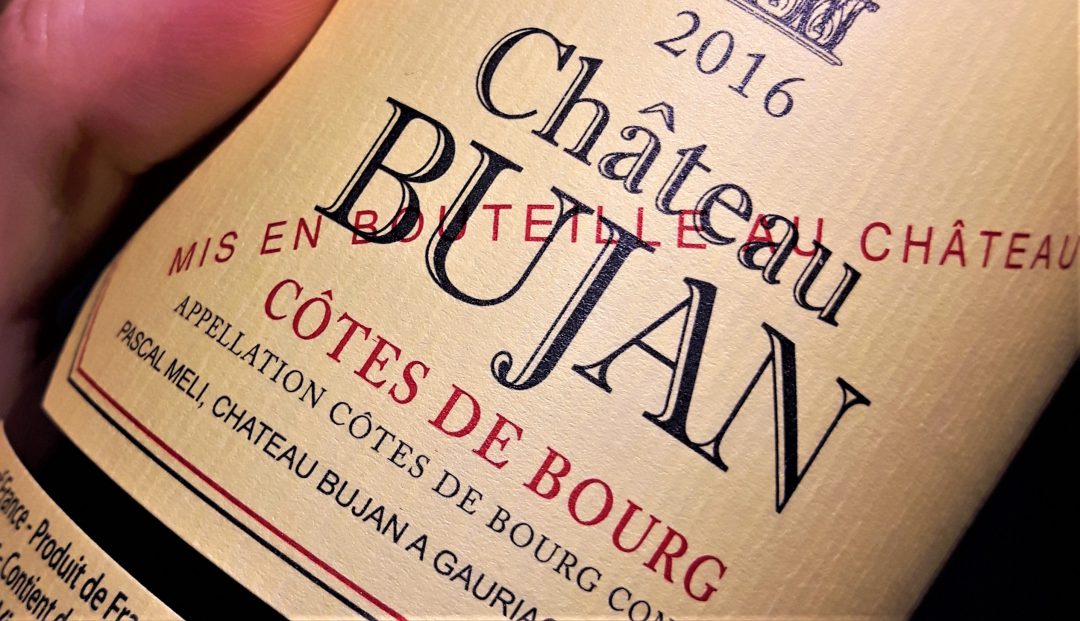Photo Credit: Cave Spring Cellars (Beamsville Bench soil composition)
The end of the 1980s was a wild time for the Ontario wine industry. The newly signed General Agreement of Tariffs and Trade (GATT) signalled the end of protectionist measures in Ontario that put local wines on the shelf at substantially lower mark ups than foreign imports. Without these retail advantages, Niagara’s wineries knew that they would no longer be able to knock out the competition on price, and thus begun a remarkable quality revolution.
Among the intrepid pioneers that forged the path, replanting the Niagara Peninsula with noble vinifera grape varieties, were the Pennachetti family. The Cave Spring Cellars winery was established in 1986, though the first vines were planted some 10 years before. Riesling and Chardonnay were selected for the inaugural, Cave Spring Vineyard. This cool site on the Beamsville Bench, with its mineral-rich stony clay tills derived from escarpment limestone, shale, and sandstone (see picture above), rapidly proved its merit.
Cave Spring Cellars quickly became known for the high quality and consistency of their Riesling. Over thirty years later, Riesling remains a focal point for the Pennachetti family, and long time Cave Spring Cellars’ winemaker Angelo Pavan. “They are wines with structure; wines of substance. I pour verticals and people are shocked at how well they age” says Pavan. “They are approachable young. You can drink them today or in 20 – 25 years”. Indeed, in their youth, Cave Spring Cellars Rieslings show all the pretty aromatic brightness of well-made Riesling, yet over time, develop layers of beeswax and lanolin notes, adding complexity and depth.
Today, the Cave Spring Cellars range includes a variety of cool climate white and red cultivars, as well as Riesling Icewine and traditional method sparkling wines. “Our goal” explains Thomas Pennechetti, “is to let our cool climate style shine through”. The focus is on healthy, balanced vines yielding optimally ripened fruit. And with that result achieved, minimal intervention is needed in the cellar. The wines are fermented with indigenous yeast and aged in neutral vessels. The objective? Wines with pure, site specific, varietal character.
Curious to learn more about the taste profile of Cave Spring Cellars’ wines? Lucky for you, I ended my visit with a quick stop at the tasting room to check out the latest vintage releases:
Cave Spring Blanc de Blancs Brut NV Sparkling
This excellent Niagara cuvée regularly adorns my list of great value sparkling wines. Very elegant, with alluring toasty aromas, underscored by lemon, green apple, and floral hints. Mouthwatering acidity and fine, vigorous bubbles and an initially tightly knit structure give way to a smooth, creamy mid-palate. Lots of finesse on the finish. Blend of 60% Chardonnay, 40% Chardonnay Musqué. Ontario Price: 29.95$
Cave Spring Pinot Gris 2018, VQA Niagara Peninsula
Delicate aromas of melon, stone fruit and spice feature on the nose and palate. The palate is fresh and light with a smooth, rounded texture. Really easy drinking as an apéritif and quite a food friendly choice as well. Ontario Price: 16.95$
Cave Spring Estate Riesling 2017, VQA Beamsville Bench
Bursting with yellow apple, ginger, and white floral notes on the nose, this lovely Riesling drinks well above its 20$ price tag. The palate just sings with vibrant, lip-smacking acidity, a taut, light bodied frame, and pleasing depth of flavour. Very focused and pure, with just a faint hint of balanced sweetness. Ontario Price: 19.95$
Cave Spring CSV Riesling 2017, VQA Beamsville Bench
Similar aromatic range to the Estate Riesling; the CSV really shows its pedigree on the palate. The racy acidity, firm structure, and very textural mouthfeel combine to create quite an elegant, dry expression of Riesling. The finish is long and lifted with layers of stony mineral, juicy yellow fruit, and delicate honeyed notes. Cellar 5 years + or decant an hour before serving. Ontario Price: 29.95$
Cave Spring Gamay 2018, VQA Niagara Escarpment
Really pretty, aromatic nose featuring violets, crushed black pepper, and just ripe dark berry fruit. The palate is bright and juicy, with a silky texture and soft, rounded finish. Ontario Price: 16.95$
Cave Spring Dolomite Cabernet Franc 2017, VQA Niagara Escarpment
Intense, fragrant aromas of ripe blue and black fruit are underscored by hints of sweet tobacco and bell pepper on the nose. The palate offers crisp acidity, medium weight, and moderate concentration of juicy cassis flavours. Ripe, velvety tannins frame the finish. Winery only: 24.95$
Cave Spring Estate Cabernet Franc 2017, VQA Beamsville Bench
The Estate Cabernet Franc shows all the perfumed fruit of the Dolomite cuvée but with the added complexity of dark chocolate, tobacco, and hints of cedar on the nose and palate. Medium weight, with a dense, concentrated mid-palate, and fine-grained tannins. Vibrant acidity reigns through out, lifting and lengthening the finish. Ontario Price: 39.95$
Where to Buy Cave Spring Cellars wines: Cave Spring Cellars on-line, a wide selection at the LCBO, and the Niagara Peninsula Dry Riesling 2017 at the SAQ (enquire with Québec agent: Séléctions Oeno for private import listings)

